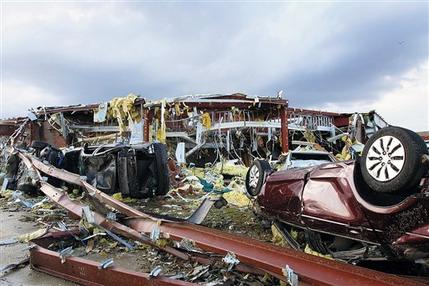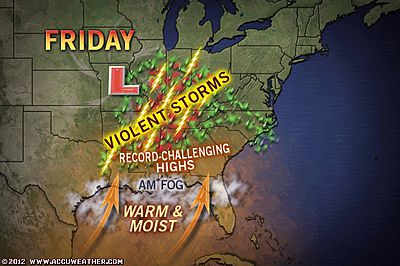submitted by Samuel Bendett
Homeland Security News Wire - March 2, 2012
Researchers from the University of Queensland have developed a new smartphone app to help mobilize and coordinate volunteer efforts during major disasters.
Following the historic floods that caused an estimated $5.6 billion in damage, an unprecedented number of volunteers appeared to help clean houses, roads, and buildings across the state. More than 50,000 people showed up for the recovery effort, prompting the nickname “mud army.”
The Sydney Morning Herald reports that in the event of another disaster, Premier Anna Bligh said the Ready Qld app, which is free to download, will allow volunteers to search for areas where they are needed and sign up to help.
“This app will not only inform Queenslanders about preparedness for disasters - resources, checklists and advice - but will also provide real-time updates and information about volunteering opportunities in your local area,” Bligh explained.
With the app, which was developed in conjunction with Volunteering Queensland, volunteers can register for a variety of tasks including community response to extreme weather.





 by Alex Sosnowski - accuweather.com - March 2, 2012
by Alex Sosnowski - accuweather.com - March 2, 2012
Recent Comments